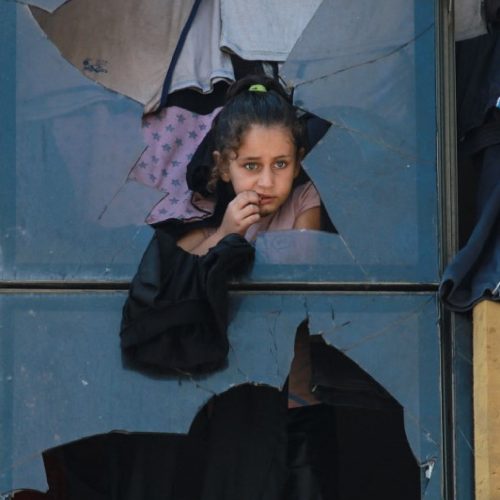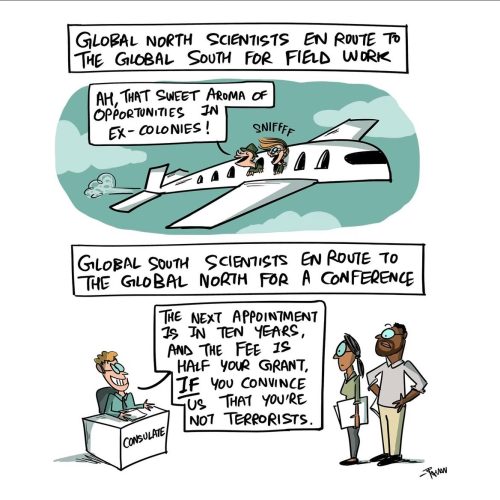April 25, 2023
Sudan’s Ongoing Crisis: Unpacking the Root Causes of Violence and the Elusive Pursuit of Peace Amidst Global Inequities

The violence in Sudan, particularly in Khartoum, is partly the fault of the international community. Sudan is still struggling to build a civilian-led government after decades of military rule, and tensions between different military factions have erupted into violence. The exploitation of resources, economic disparities, and political power imbalances have fueled grievances and conflicts within the country.
International efforts to achieve peace through negotiations have often fallen short. Traditional peace agreements that split power between armed groups often allow further armed groups and dictatorial regimes to amass more political and military power while international pressures wane after the signing of an agreement. The international community has legitimized armed groups as power brokers while disregarding the voices of Sudanese citizens. This pattern has repeated over the years, and the focus has often been on short-term concessions rather than long-term goals. The violence in Sudan in 2019 and 2021, and the current situation in Khartoum, can be seen because of these flawed approaches to conflict resolution. Inclusivity and sustainable peace have been neglected, with marginalized groups like women and internally displaced persons excluded from decision-making, further exacerbating the cycle of violence.
The ongoing conflict in Sudan, particularly in Khartoum, has had devastating consequences for civilians. With a third of the population already facing hunger and in need of emergency aid, the suspension of relief programs by the UN and other agencies due to fighting and looting has further exacerbated the humanitarian crisis. Hospitals in Khartoum are struggling with shortages of medical supplies, lack of power and clean water, and reduced capacity due to the heavy fighting, posing a catastrophic risk to the health care system and millions of vulnerable individuals, including children who are at risk of disease due to disrupted vaccination sites. Moreover, the regional implications of the conflict are concerning with potential spillover effects and refugees seeking refuge in neighboring countries leading to further instability in the region. Already, up to 20,000 Sudanese have sought refuge in eastern Chad, and Sudanese soldiers have fled to Chad.
To break the cycle of violence in Sudan, it is crucial to address the root causes of conflict, including the legacy of historical injustices, the manipulation of peace processes, and the exclusion of marginalized groups. International efforts should prioritize inclusivity, promote accountable governance, and address economic disparities. Only through a comprehensive approach that addresses the deep-seated issues contributing to violence in Sudan can sustainable and inclusive peace be achieved.
Read more on this:
- Opinion | The violence in Sudan is partly our fault – Jacqueline Burns, The New York Times
- Sudan’s conflict explained: What’s behind the latest fighting? – Abigale Sugdhan & Prapti Bamaniya, The Globe and Mail




